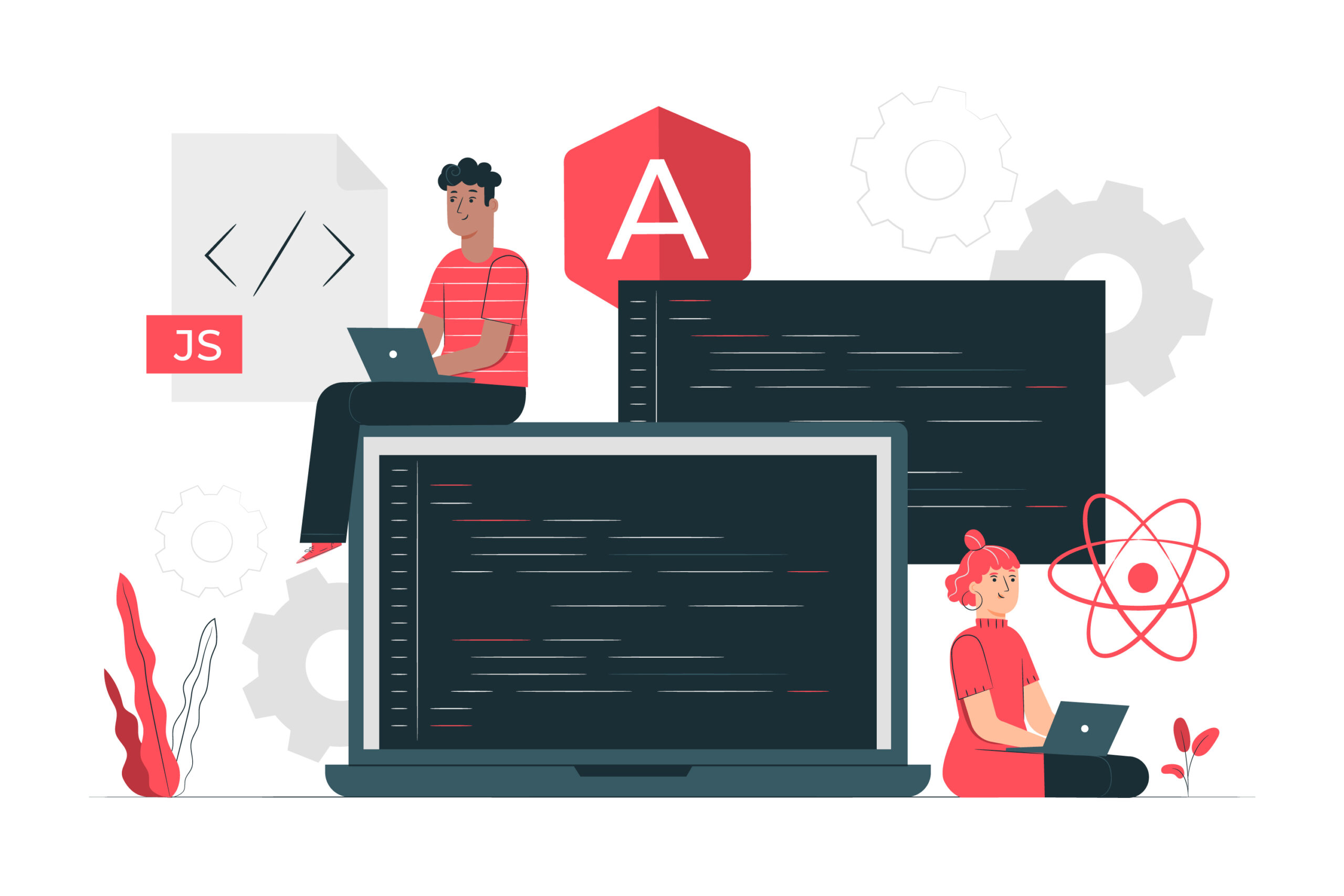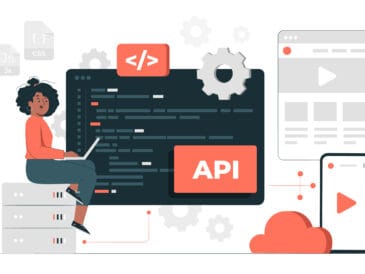In the ever-evolving landscape of web development, Angular has proven to be a robust framework for building dynamic and scalable applications. With the rise of microservices architecture, the concept of micro frontends has gained traction, offering a modular approach to front-end development.
In this blog post, we delve into the world of Angular micro frontends, exploring their benefits, implementation strategies, pros and cons, and their potential to shape the future of modern applications.
What are Angular Micro Frontends?
An architectural framework for developing websites known as “Angular Micro Frontends” separates an extensive Angular internet application into smaller, autonomous, and deployable micro-applications. When every micro-application handles a unique collection of characteristics, flexibility is promoted and the whole application’s variety is reduced.
The capacity for these micro frontends to communicate with each other using collaborative services, incidents, or Interfaces enables effortless integration with greater systems. Angular Micro Frontends attempts to enhance accessibility, scalability, and versatility by enabling different groups to work together on components and pages without interruption.
What Are The Advantages and Disadvantages of Angular Micro Frontends?
One must take into consideration the advantages and disadvantages of Angular Micro Frontends while bringing this organizational pattern into effect.
Here We Have Listed a Few Advantages
1. Isolation and Flexibility
Micro frontends reduce connections and enhance autonomy for teams by allowing independent creation, implementation, and improvements.
2. Flexibility & Scalability
Complex applications can become easier to scale, adaptable, and manageable by dividing themselves up into smaller parts that are easier to manage.
3. Design centred around elements
The micro frontend approach & Angular’s component-based design approach work together effectively to promote the development of components that are reusable to enhance flexibility.
4. Solidity and Dependability
Micro frontend components have been rendered increasingly durable and trustworthy by Angular’s robust kind, compilation time confirmation, and dependence injection capabilities.
5. Assistance and Knowledge
Angular’s wide toolset, utilization of TypeScript as its language, and strong community support make the framework easy to use and comfortable for programmers, encouraging productive methods for development.
Here We Have Listed a Few Disadvantages
1. Package Size
Websites developed with Angular can include greater package sizes, that, when not handled correctly, might negatively impact efficiency and the speed of loading.
2. Connectivity with UI System
When utilizing a comparable UI system, like Bootstrap or Angular Material, maintaining consistency among micro frontends can prove challenging as well as needs thoughtful planning.
3. Maintaining Dependencies
Managing updating challenges, preserving integrity between components, controlling module connections, and synchronizing upgrades as well as delivery across many different modules can pose all kinds of challenges.
4. Difficulty in Large Systems
The micro frontend method could not be needed in lesser, straightforward projects with fewer components or pages, however, it is beneficial for large and complicated systems.
Organizations can assess whether or not Angular Micro Frontends make sense for the project’s specific demands by taking into account these advantages and disadvantages.
Implementation of Input Validation in Angular Micro Frontends
The methods that follow can be utilized by programmers to implement validation of input in Angular Micro Frontends:
1. Angular’s Forms Verification Feature
When a form is responsive or template-driven, Angular has techniques for validating user input.
2. Reactive Forms
For handling the validation of input in micro frontends, utilize Angular’s reactive forms. Using reactive forms, form validation is more adaptable and dynamic because developers can customize validation behaviours and criteria dynamically.
3. Custom Validators
To fulfil certain field input validation needs, build customized validators in Angular.
4. UpdateOn Option
For controlling when validation is initiated, employ the updateOn option in forms group definitions.
5. StatusChanges
Responsive forms allow developers to track when verification takes place by using status changes to keep track of form status updates.
Best practices for implementing Input validation
The following are some suggested procedures for Angular Micro Frontends’ validation of input implementation:
1. Utilise Angular Forms
Use various built-in Angular form components, such as Template-Driven Enclosures and Dynamic Forms, for managing input from users and validation in a way that is efficient and effective.
2. Personal Validators
Employ Angular’s validators to meet verification requirements that go beyond what the framework itself offers.
3. Validation Handling
By manipulating form element values, synchronizing with form components, and offering integrated validation operations, Angular makes validation processing simpler.
4. Synchronous Validation Checking
With Angular shapes, developers can simultaneously verify the reliability of user input inputs and positions, giving users current information on the precision of their inputs.
5. Form Model Updates
Ensure that, in response to user input incidents, validations, and modifications, both the form model and information model are properly updated.
Security Consequences of Angular Micro Frontends
The implementation of Angular Micro Frontends has security problems as every micro frontend is autonomous, which could create weaknesses in security. Each micro frontend is distinct and requires its distinctive hazards to security and weaknesses addressed as every one of them operates on a different platform.
Also, if properly protected, interaction among different micro frontends could give an opening for a hacker to gain access. Good safety measures, including frequent security inspections, reliable programming methods, as well as effective collaboration concerning security issues, should be put into effect to reduce such security risks. Businesses can guarantee the reliability and confidentiality of the Angular Micro Frontend applications by maintaining their eyes on their security measures.
Ways to Nullify the Effect of Security Consequences
By implementing several recommended procedures and strategies into action, programmers may minimize worries about security in Angular Micro Frontends:
- Providing confidential interaction among micro frontends and backend applications is accomplished through the use of HTTPS for protecting data when it is in transportation, the creation of encrypted protocols, and the regular updating of frameworks and components to patch weaknesses.
- Applying proper CORS (Cross-Origin Resource Sharing) setup can enable businesses to limit which domain names can make responses to micro frontends, consequently preventing unintentional access and protecting essential user information.
- Establishing accurate authorization and approval procedures to manage possession of
critical capabilities and micro frontend elements. Token-based verification and standard protocols in the industry like OAuth 2.0 can be implemented for this purpose.
- Protect private information securely by encryption it both in transport and at resting via secure coding methods. Evaluate and audit the processing of data in the micro frontend architecture regularly
The Final Say
To summarize, the blog presents a brief overview of Angular Micro Frontends. Firstly we acknowledge the definition of Angular Micro Frontends. Further, the Pros and cons of the framework are covered along with the implementation of input validation in Angular Micro Frontends and the Security Consequences of Angular Micro Frontends.





